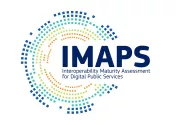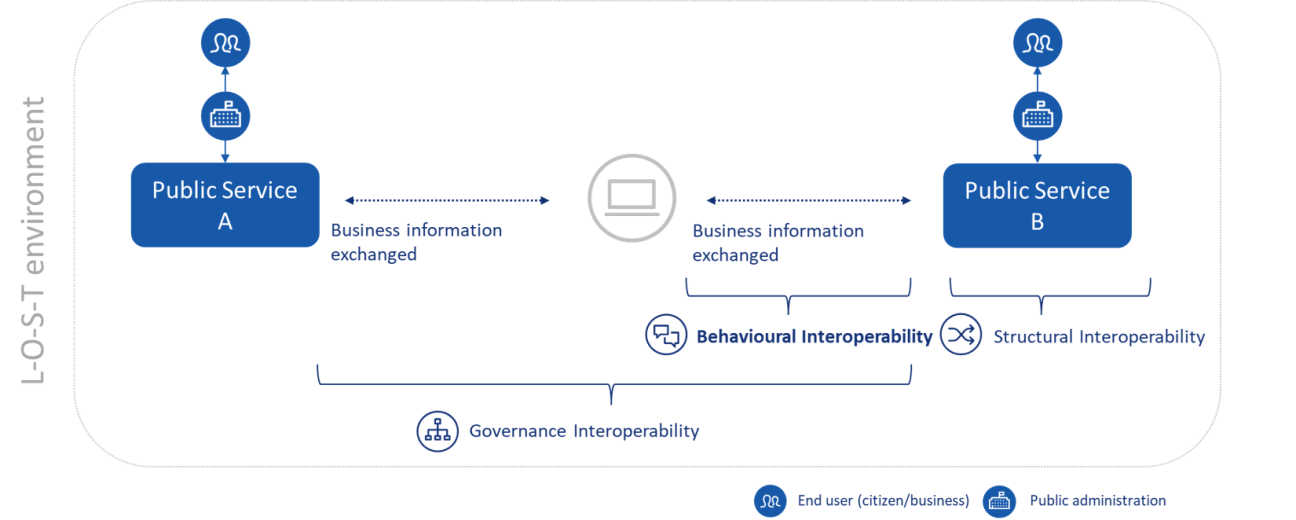
IMAPS

Structural Interoperability Quick Assessment Toolkit

Governance Interoperability Quick Assessment Toolkit

LIMAPS

OIMAPS
Shared on

Better legislation for smoother implementation

SEMIC Support Centre

The Interoperability Maturity Tools (IMTs) team invites you to assess the interoperability maturity of the digital public services through a unified package for all different interoperability actions.
Start your own assessment with IMAPS v2.2.0, SIQAT v2.1.0 or GIQAT v2.1.0!
Request for a knowledge transfer session tailored to your needs! Share your interest with the IMTS team!
Interoperability Maturity Tools (IMTs) are comprehensive solutions that are implemented in the EU Survey.
This set of tools delivers insights into two directions:
Although the IMTs are publicly available for any organisation and citizens interested, the main target audience is the public service owners of digital public services that operate in an environment where interoperability is required to deliver a public service to end users.
Particularly the structural interoperability is assessed with SIQAT, the governance interoperability is assessed with GIQAT and the behavioural interoperability is assessed with IMAPS. Furthermore each one of those solutions include a set of questions that are assessing different interoperability aspects from a legal, organisational, semantic and technical interoperability viewpoint.
The below image illustrates the different interoperability aspects in the digital public services context:

The Structural Interoperability Quick Assessment Toolkit (SIQAT) is a self-assessment tool that allows public service owners to evaluate the structural interoperability maturity level of their digital public service.
SIQAT provides public administrations with insight into two key aspects of the structural interoperability of their digital public service:
The Governance Interoperability Quick Assessment Toolkit (GIQAT) is a self-assessment tool that allows public service owners to evaluate the governance interoperability maturity level of their digital public service.
GIQAT provides public administrations with insight into two key aspects of the governance interoperability of their digital public service:
IMAPS is a self-assessment tool which can be used by owners of digital public services to evaluate key behavioral interoperability aspects and to ensure seamless delivery of digital public services in a national and cross-border context. In combination with the IMAPS, specialised versions are available to further assess specific:
IMAPS covers the main aspects of a digital public service lifecycle, namely the service delivery, the service consumption and the service management, while the IMAPS Specialisations are split in two service areas, namely the service delivery and the service consumption. These, in turn, are being assessed in terms of data, information and knowledge specifications, capabilities and manifestations, meaning specific details that enable and support peer-to-peer service collaboration.
Each of the Interoperability Maturity Tools provides:
We invite you to discover the Interoperability Maturity Tools and start the assessment of your digital public service(s).
Our ultimate goal is to support digital public service owners to reach the next level in the interoperability maturity of their digital public services! Stay tuned for the next communication actions such as a user journey illustration of the Interoperability Maturity Tools and more.
In case of questions, please contact the IMTs team via e-mail to DIGIT-IMAPS@ec.europa.eu or leave your comment right below!







